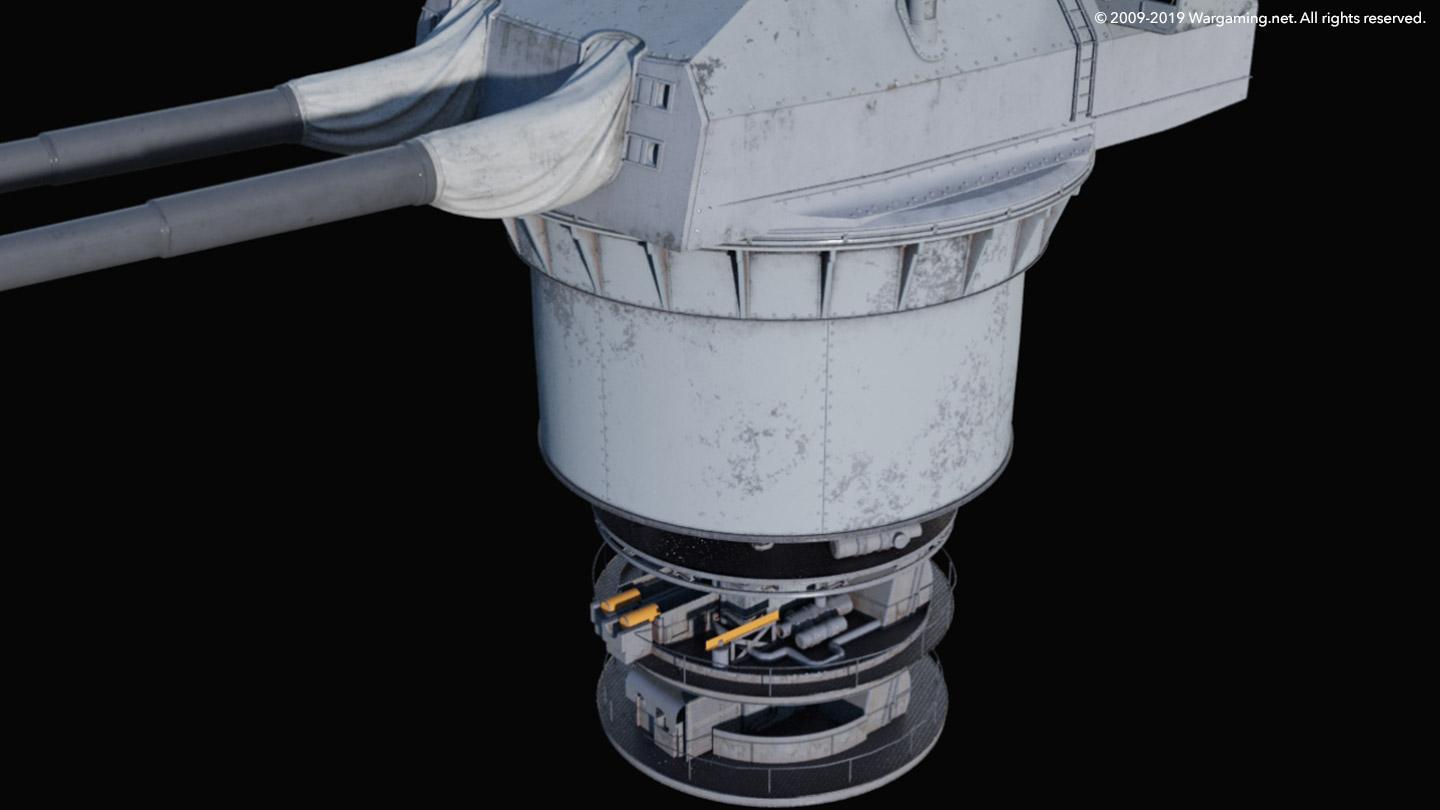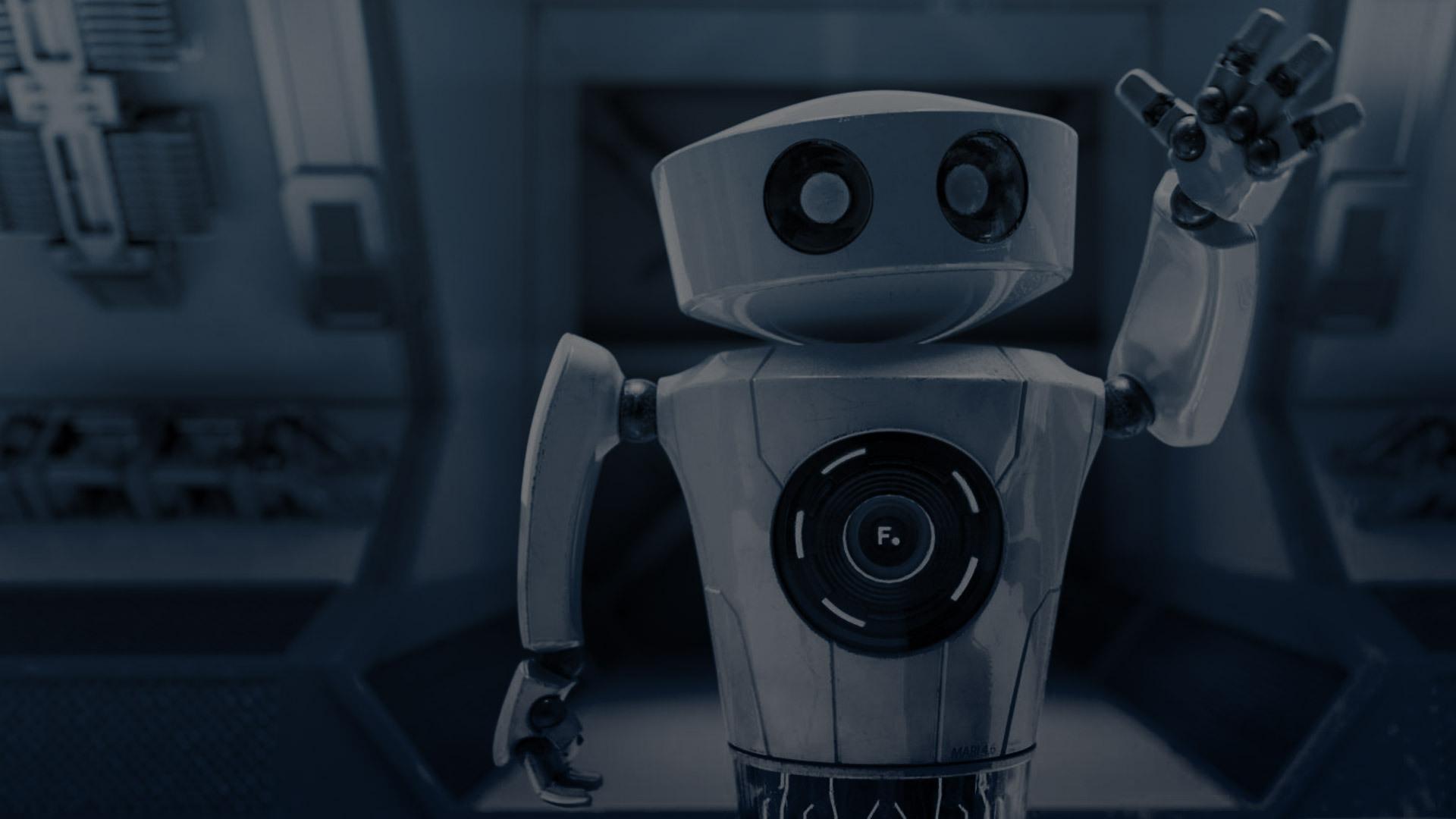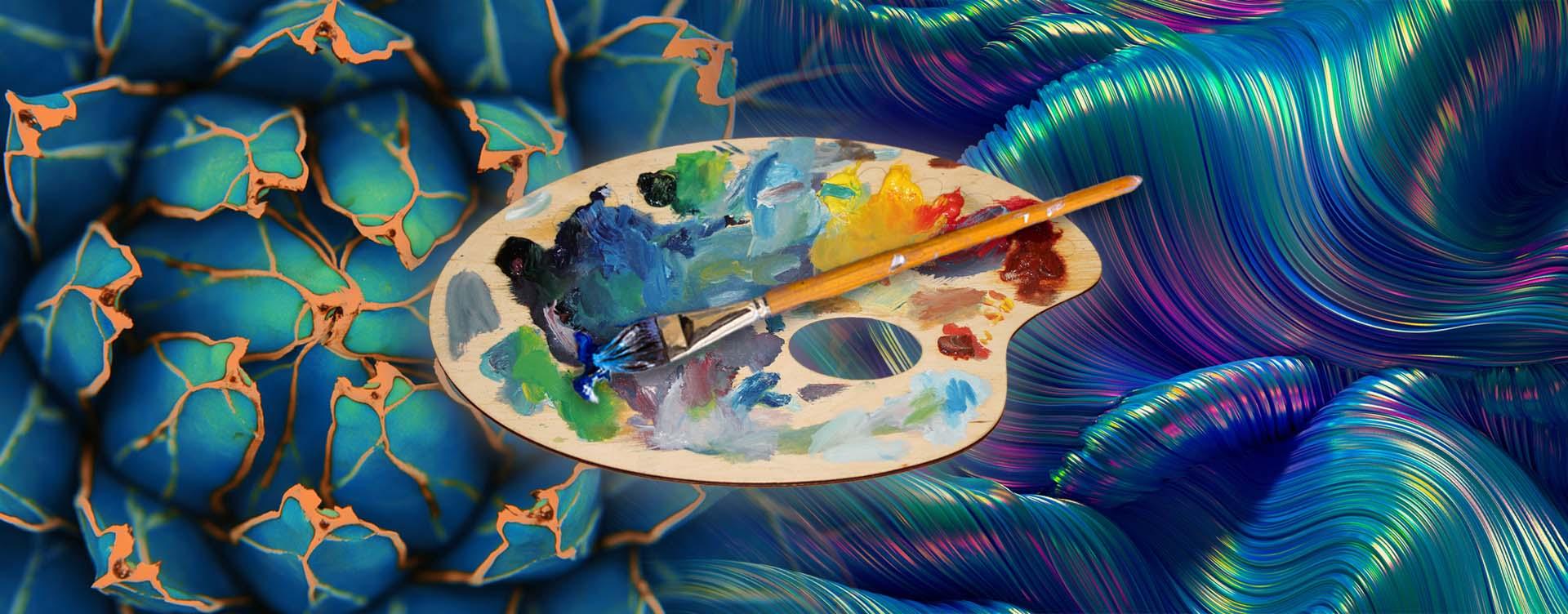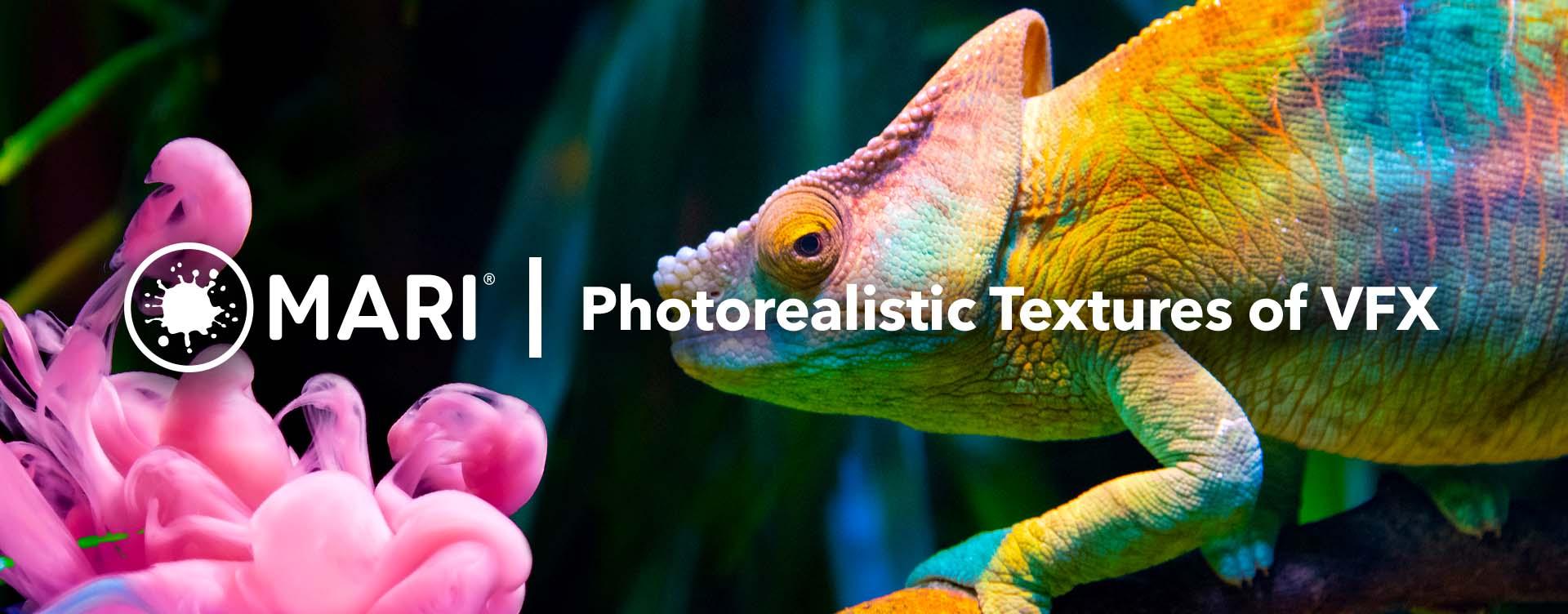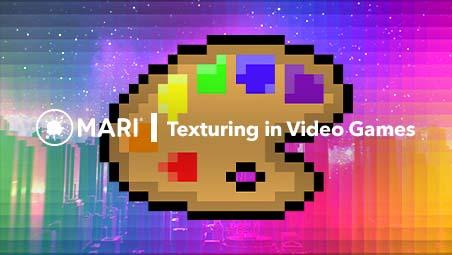3D projection painting

3D painting without limits
Mari frees artists from limits of resolution and complexity. With full support for UDIM workflows, you can work with hundreds of high-resolution texture maps as though they were a single tile. With Mari, the only limit is your imagination.

Projection painting
Don’t get locked down - Mari’s projection based painting system allows artists to make adjustments and edits to paint before committing it onto a model. Artists can paint on what feels like a virtual piece of glass, preview their paint in context with the whole asset, make 2D adjustments like warping, and all before baking it down across all texture maps.
Procedural workflows
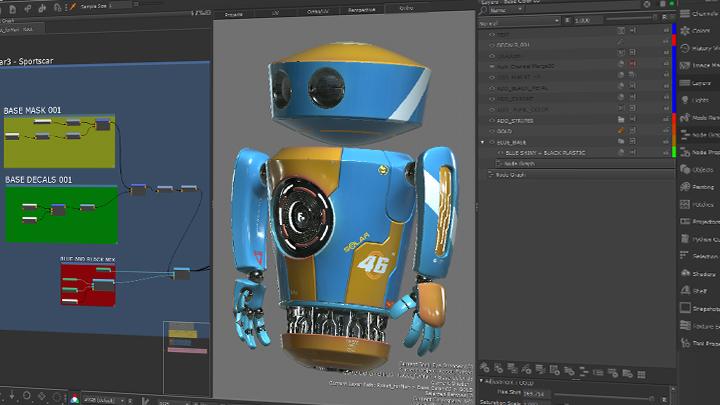
Nondestructive layer stack and node graph
Mari’s nondestructive layer system lets you freely mix paint with adjustment layers, procedurals and masks to build your shaders. Whether you’re working in the traditional layer stack, or making and editing connections directly in the node graph, you can reorder, add and delete layers at will; change blend modes at any time; and bake or flatten layers together.

Procedurals, adjustment layers and masks
An extensive range of procedurals make it easy to create the look you want. Adjustment layers allow you to filter or color grade your painting nondestructively in real time. Control where paint is applied by painting a mask, using a procedural, or using surface attributes such as edges, depth, backface and even ambient occlusion.

Teleport node
Experience better organization with the new teleport node. This is a node of two parts—broadcaster and receiver—that creates hidden connections so artists can easily organize their nodegraph, clean up networks and reduce excess clicks. The teleport node works inside and outside of nested groups and materials, and can be exported within a material whilst remembering which broadcast it's looking for. Artists can also jump quickly between broadcast and receiver to quickly navigate the nodegraph without needing to manually find nodes.
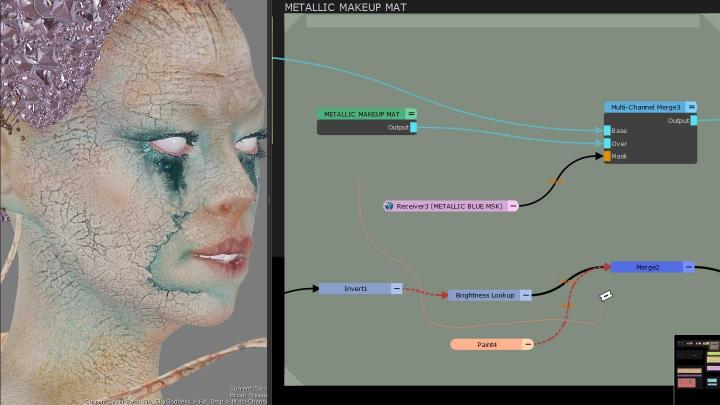
Artist experience improvements
We’ve made improvements to the Node Graph, optimizing how artists can work in it, whichever way they choose to. Artists can now sever connections and also shake to disconnect nodes— ensuring that Mari continues to evolve, with artists’ quality of life at the heart of it.
Material system

Design and apply presets in one application
Mari’s Materials System gives artists the ability to quickly and easily create less complex, higher-volume assets or lay down the building blocks for your hero asset. Mari’s workflow enables artists to rapidly block out the look of an asset using material presets, without having to start from scratch. Artists can then use all of the detail-painting power of Mari to weather and finish the final art direction, giving artists the best of both worlds in one application.

Ingest PBR texture sets
Mari allows artists to quickly import and convert any set of PBR texture maps into a Mari material preset. The Material Ingest Tool creates the presets, sets up the controls, and loads everything into the Mari shelf ready to use, allowing you to continually grow your material library. Artists can ingest thousands of PBR texture sets through Mari with ease.
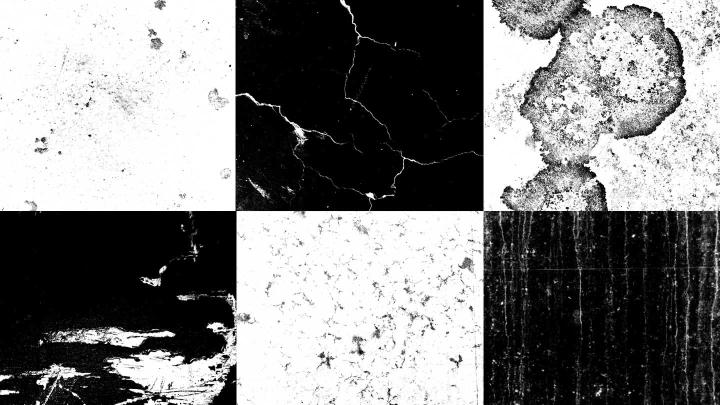
Shelf content
Artists now have an additional 60+ grunge maps, courtesy of Mari expert Johnny Fehr, bringing even more opportunities to hone and develop their texturing stories in their creations, faster than ever before. There are also further Python scripts and custom procedurals available to support your day-to-day artistry.
Creativity without limits
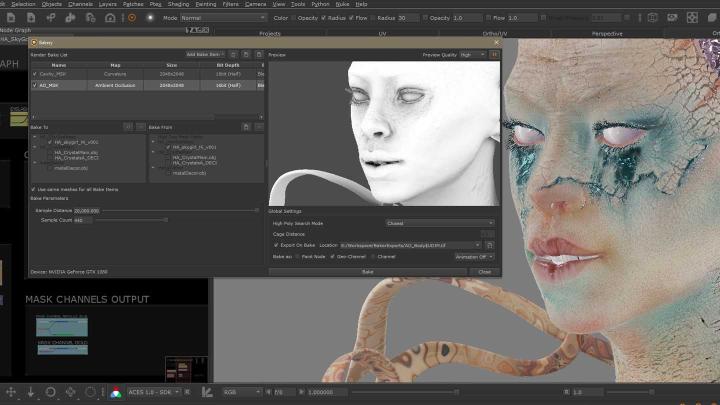
Bakery
Introducing the Bakery: Mari’s very own map baking engine. With the Bakery, Mari now has the complete set of tools to enable you to realize your creative vision. You can now create geometry maps, including curvatures and occlusions, without needing a separate application or plugin. With the ability to quickly bake maps for multiple objects at once across multiple UDIMs there’s no need to disrupt your artistic flow - no need to leave Mari.

Complex geometry handling
With the ability to scale to over one million polygons for a single topology without slowing down, and handle animated geometry with ease, Mari can cope with the toughest production meshes. Mari can also support thousands of textures per model via UDIMs, each of up to 32K x 32K pixels, so you can create hyperrealistic assets with almost limitless detail.

Streamlined look development
With Mari’s shaders, artists can paint textures in Mari with a higher confidence level knowing that their art will look correct in the final render. Working alongside render vendors we bring you four shaders: 3Delight, VRay, Unreal and Arnold, reducing the need to round-trip between Mari and Katana, and other DCC programs.

Roller brush
Introducing Roller Brush, a new painting mode that allows artists to paint a tileable image and follows the curves and direction of the brush stroke. Artists can create work with more flexibility and breakthrough limitations enabling them to work on stylistic animation projects and perfect the finer details i.e creating seams and decals on characters’ clothing with ease.
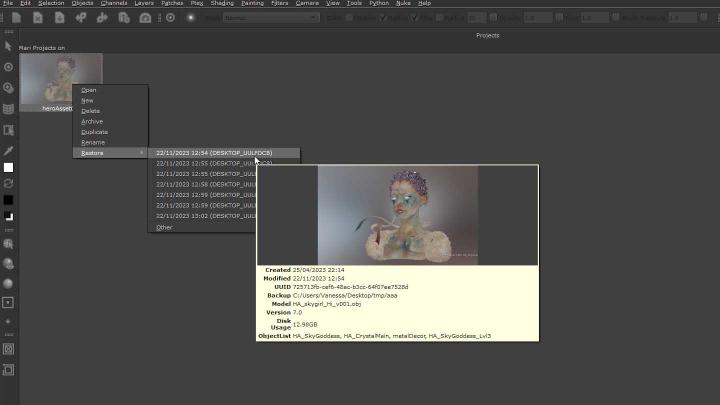
Automatic Project Backups
Save backups as you’re working so you can revert to any required state with the flexibility to choose where you want the backup saved. WIth the ability to add notes with the API you can easily navigate to the project iteration you received feedback on and develop from there.
Production pipeline ready
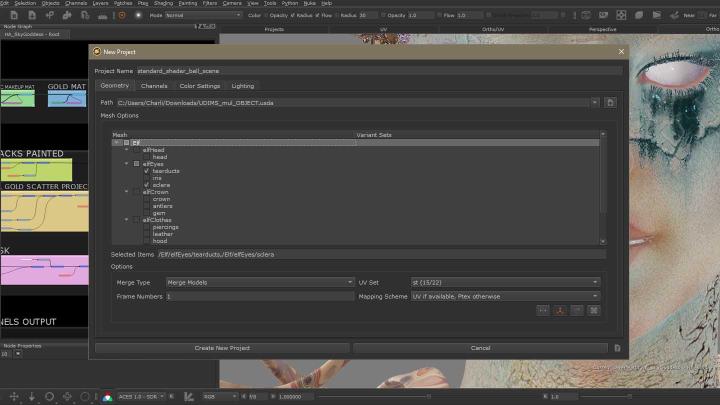
USD improvements
In Mari 7.0, further USD enhancements have been made with a focus on fully revamping our existing USD importer. Artist’s can easily select which variations of an asset they want to work with, making the process more user-friendly and ensuring that artists can carry their assets through the USD pipeline with ease.
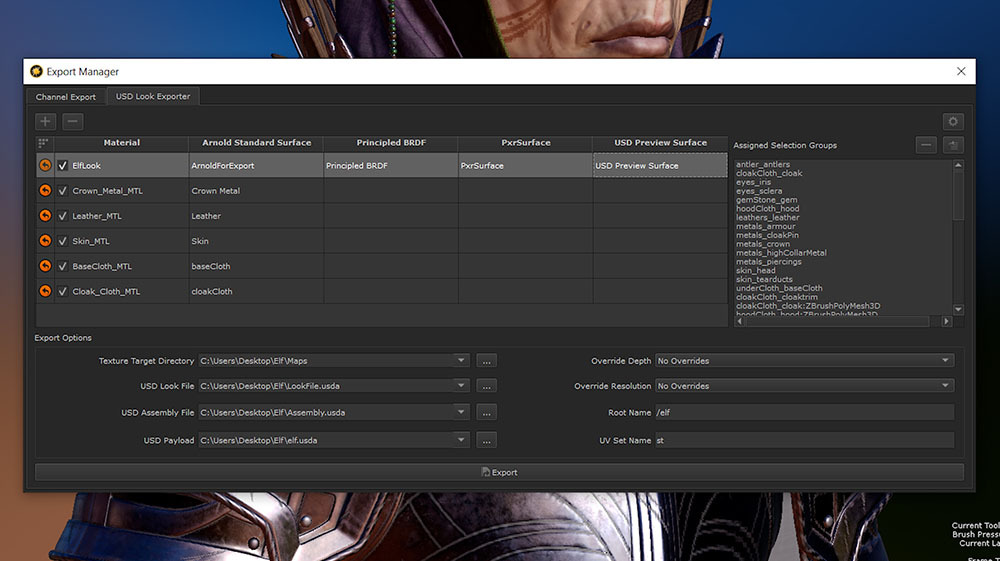
USD export- vendor shader support
Expanding on the USD workflows introduced in Mari 5.0, we’ve added USD export support for Arnold and Renderman shaders. This enables users to export one USD look file that contains all of the relevant shader information needed for a look development-ready asset. We want to make USD more accessible to everyone and aim to work with USD more manageable and user-friendly.
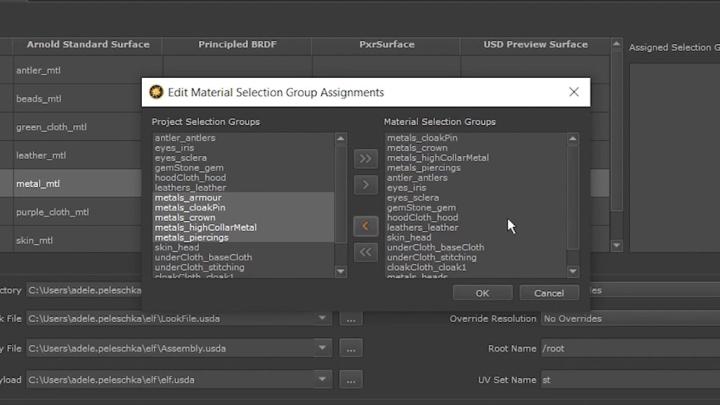
USD export- material assignments
In Mari 6.0, we’ve introduced the ability to use Mari’s selection tools to assign materials to the correct USD face set-based location. We’ve removed the need to manually bring your USD look file into your look development DCC and have to use their limited selection tools to re-assign your materials to the correct faces again. Artists can use Mari’s intuitive selection group tools to quickly assign materials to specific areas of their model and ensure these remain correctly assigned within the exported USD look.
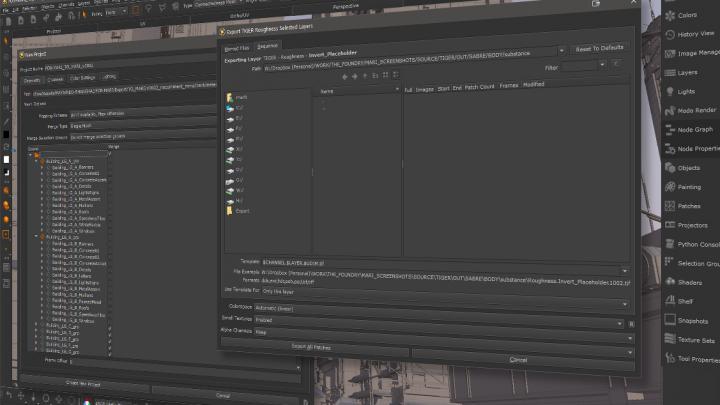
Seamless data exchange
Mari offers support for industry-standard formats like FBX, OBJ, Alembic and OpenEXR. Paint subdivision surface models natively in Mari with viewport smoothing driven by OpenSubdiv. No UVs, no problem: Mari supports the Ptex format alternative to UV based texture maps.

OCIO color management
With OpenColorIO (OCIO) support, you can handle color transforms and image display across multiple applications by setting up a single profile to provide consistent colors across the board. Mari’s implementation eliminates the requirement to preprocess or post-process images into the correct color space, saving time and reducing errors. Artists can enjoy WYSIWYG color picking allowing artists to maintain persistent perceptual colors across multiple colorspaces.
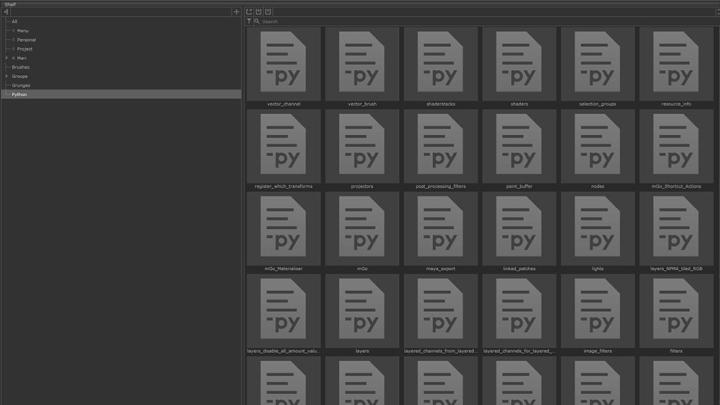
Python snippets as shelf items
Discover a simpler way to execute Python Script actions. In Mari 6.0, we’re introducing python snippets as Shelf Items so artists don’t need to install Python Scripts into the Scripts path before launching Mari. This encourages artists to share scripts amongst themselves and across studios in order to get tasks done more efficiently. Pipeline teams can create scripts to help their artists instead of manually having to run the code for them or try to explain how to run a python script. It also means that these scripts can be executed at any point instead of needing to be installed prior to launching Mari in the user's Scripts folder or path.
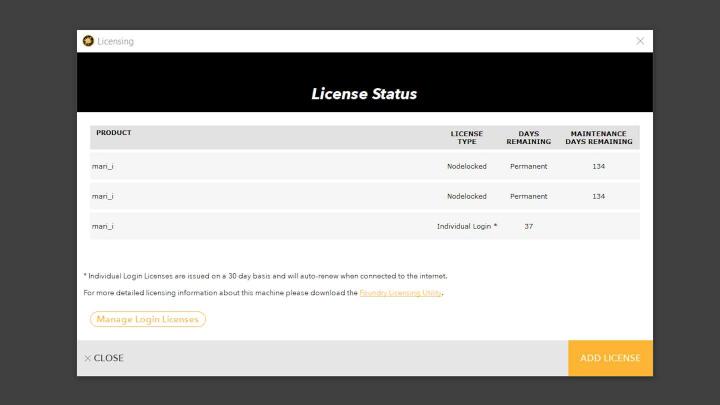
Pipeline and licensing improvements
Team licensing is now available which enables organization admins to remotely manage the usage of licenses for Mari, to ensure that artists are only using the licenses they need, when they need.

